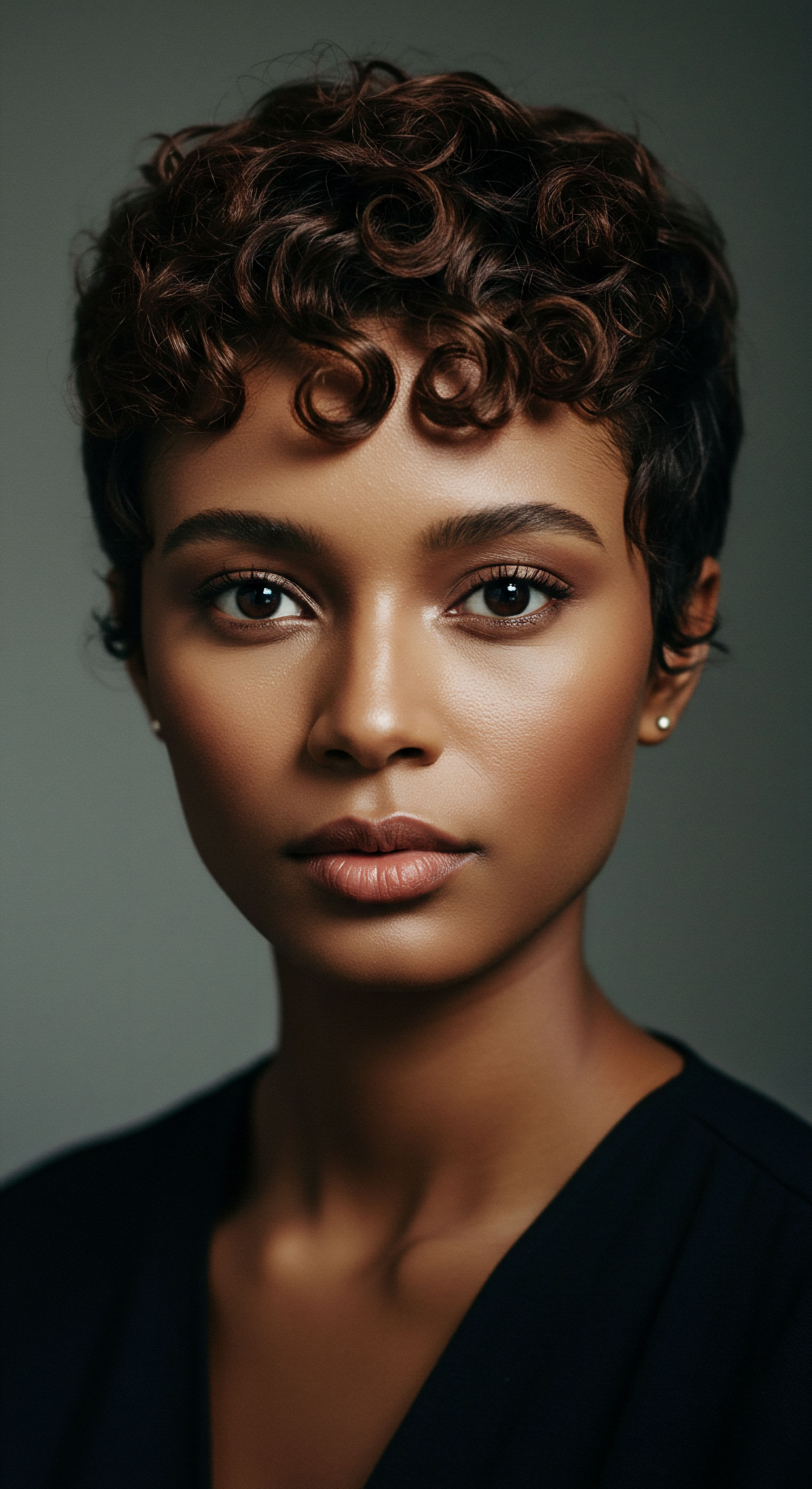
Roots
Consider for a moment the subtle wisdom held within the earth itself, the way ancient civilizations perceived the deep connection between the health of the body and the vibrancy of the scalp. Long before modern laboratories and complex formulations, our ancestors observed the natural world, understanding that well-being radiated from within and from the earth’s offerings. They approached scalp conditions not merely as surface blemishes, but as expressions of deeper imbalances, reflections of how one lived in harmony with their environment. This perspective allowed for a truly holistic understanding, one that honored the body’s innate ability to find balance when supported by nature’s gentle hand.
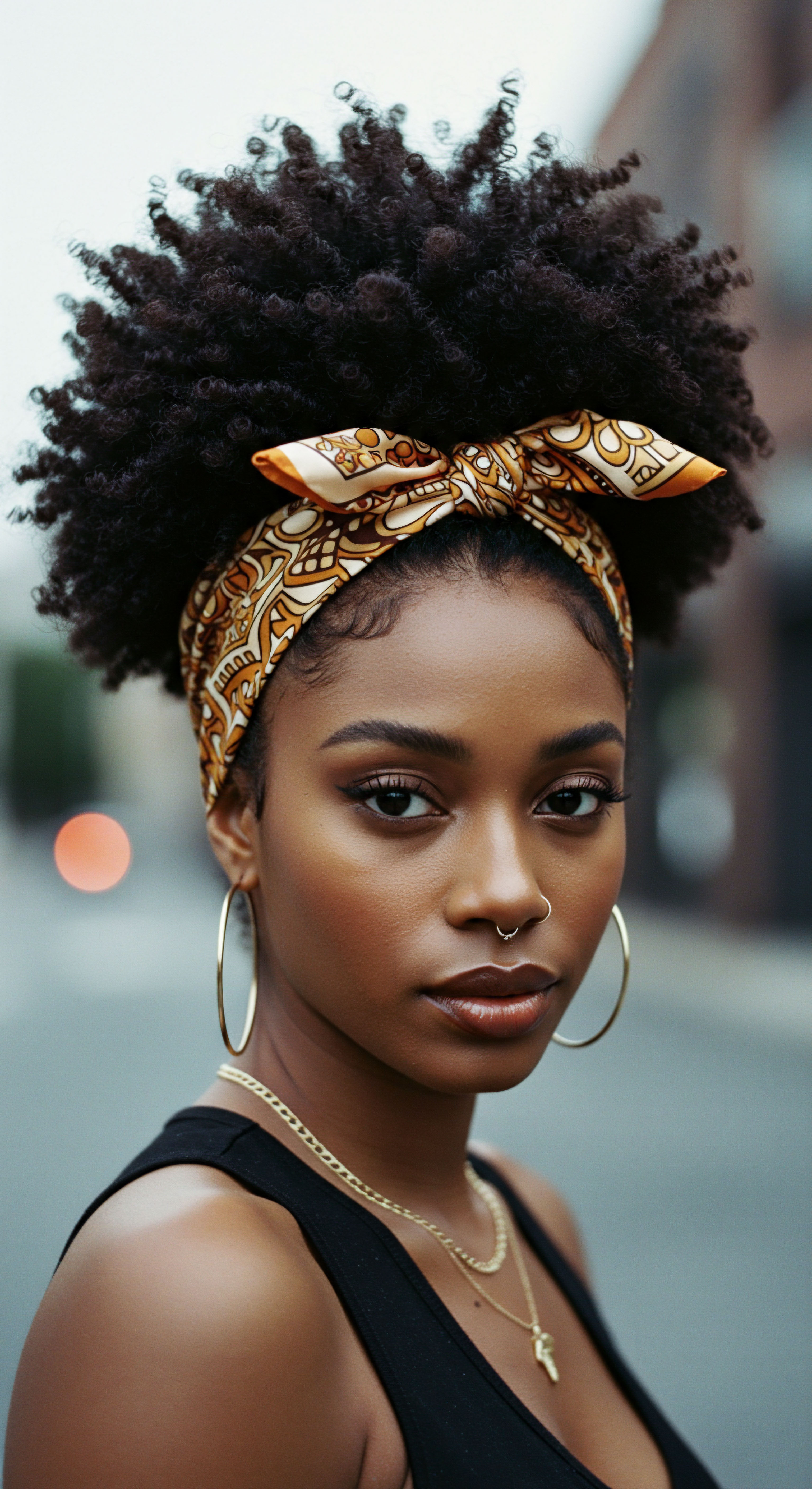
Understanding Ancient Scalp Perspectives
The earliest written records and archaeological findings whisper stories of sophisticated understanding. In ancient Egypt, for instance, the Ebers Papyrus, dating to around 1550 BCE, offers a glimpse into their medical knowledge, including treatments for various ailments, some of which touched upon the scalp and hair. This remarkable document suggests a recognition of hair loss and other scalp issues as conditions requiring attention, albeit with some remedies that appear unusual to contemporary eyes, such as concoctions involving animal fats. Their meticulous approach to personal grooming, evidenced by the use of wigs and elaborate hair styling, also speaks to a cultural valuing of hair health and appearance, extending even into the afterlife.
Ancient cultures viewed scalp health as a reflection of overall bodily and environmental harmony, guiding their natural treatment methods.
Across continents, similar reverence for the scalp’s condition emerged. In India, the ancient system of Ayurveda, with roots extending back thousands of years, views hair and scalp health as directly tied to the balance of the body’s doshas – Vata, Pitta, and Kapha. An imbalance in these elemental energies, according to Ayurvedic principles, could manifest as dryness, flaking, oiliness, or even hair thinning. This foundational understanding guided their selection of natural ingredients and practices, seeking to restore equilibrium rather than simply address symptoms.
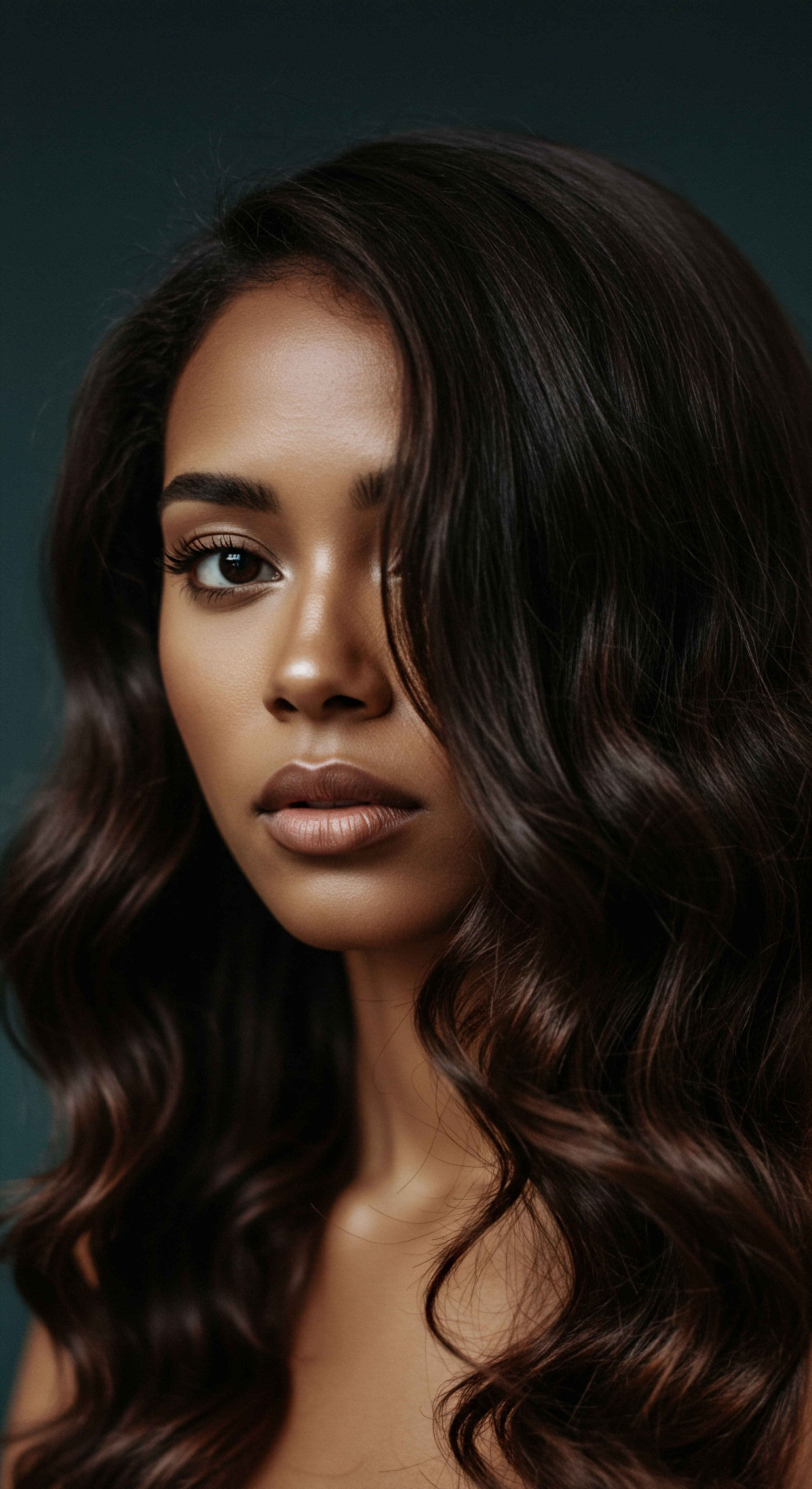
The Earth’s Pharmacy for the Scalp
The reliance on the natural world as a living pharmacy was a universal thread. Early societies possessed an intimate knowledge of local flora, understanding which plants held cleansing, soothing, or stimulating properties. They learned through observation and generations of accumulated wisdom.
- Herbal Decoctions ❉ Various leaves, flowers, and roots were steeped in water to create rinses and washes. Sage, rosemary, and chamomile, for example, were valued in medieval Europe for their aromatic qualities and cleansing abilities.
- Natural Oils ❉ Oils derived from plants were essential for moisturizing, protecting, and delivering nutrients to the scalp. Olive oil in ancient Greece and Rome, castor oil in ancient Egypt, and coconut oil in India were regularly applied.
- Clays and Minerals ❉ Certain clays, often rich in minerals, were used for their purifying and detoxifying properties, drawing out impurities from the scalp.
This elemental approach, grounded in the observation of nature and the understanding of the body’s internal rhythms, set the stage for practices that, though ancient, still hold profound lessons for our modern understanding of scalp wellness.
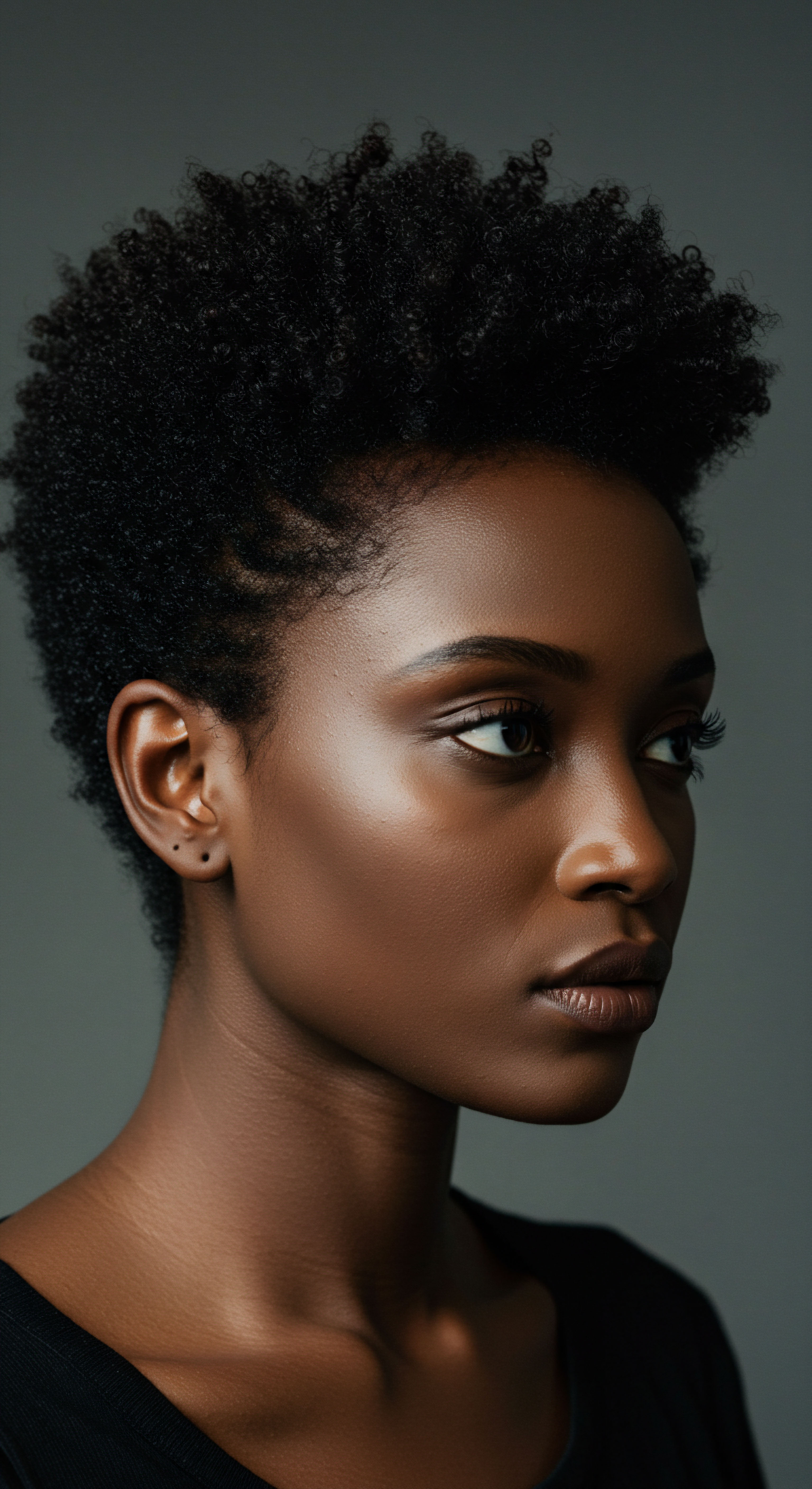
Ritual
Stepping from the quiet wisdom of foundational understanding, we now turn our gaze to the deliberate practices, the rituals that transformed raw nature into remedies for the scalp. These were not random acts but intentional applications, woven into the daily or weekly rhythms of life, reflecting a deep respect for the body and the bounty of the earth. The careful selection of botanicals, the gentle warmth of an oil, the rhythmic touch of hands upon the head – each element contributed to a holistic experience, aiming to restore balance and encourage vitality. This section delves into these time-honored methods, revealing how ancient hands crafted solutions for common scalp conditions.

Herbal Preparations and Their Purpose
Across various cultures, the botanical world provided a vast apothecary for scalp care. Ancient practitioners recognized specific properties within plants that could address issues like dryness, flaking, or irritation.

How Did Ancient Healers Prepare Their Botanical Scalp Remedies?
Preparation methods were often simple yet effective, designed to extract the beneficial compounds from plants.
- Infusions and Decoctions ❉ Leaves, flowers, and soft plant parts were often infused in hot water to create washes or rinses. Harder parts, like roots or bark, required longer simmering to yield their potent properties, resulting in decoctions. These liquids were then used to cleanse the scalp, soothe irritation, or deliver conditioning benefits. For instance, Native American tribes utilized yucca root to create a natural shampoo, crushing the root and mixing it with water to form a lather.
- Pastes and Poultices ❉ Ground herbs, often combined with water, oils, or other natural binders, formed pastes applied directly to the scalp. Neem powder, with its antimicrobial properties, could be mixed with water for a scalp mask to control flaking. Fenugreek seeds, rich in protein, were soaked and ground into a paste to nourish the scalp.
- Oil Infusions ❉ Herbs were frequently steeped in carrier oils, allowing their beneficial compounds to infuse into the oil. This created potent, nourishing elixirs used for massage and conditioning. Olive oil, a staple in ancient Greece and Rome, was often infused with herbs like rosemary and lavender to enhance its properties for scalp massage.
These preparations were not merely about application; they were about a deliberate interaction with the plant world, a quiet acknowledgment of its healing power.

The Soothing Touch of Oils and Massage
Beyond herbal concoctions, the practice of applying natural oils and performing scalp massage stands as a cornerstone of ancient scalp care. This was a deeply rooted tradition, recognized not only for its physical benefits but often for its calming and spiritual dimensions.
Hair oiling, for example, is an ancient practice with deep roots in Ayurveda, dating back thousands of years. It involves pouring oil onto the hair and scalp and massaging it in, aiming to nourish the scalp, strengthen hair, and boost luster. The Sanskrit word for “to oil,” “sneha,” also signifies “to love,” underscoring the nurturing aspect of this ritual.
Ancient scalp care centered on purposeful rituals, using botanical preparations and the therapeutic touch of massage to restore balance and vitality.
Regular scalp massage, often performed with these herbal-infused oils, was believed to stimulate blood flow to the hair follicles, thereby encouraging healthy growth and delivering vital nutrients. It also aided in reducing irritation and flaking by promoting a balanced scalp environment.
Consider the following traditional ingredients and their uses:
| Ingredient Neem (Azadirachta indica) |
| Cultural Origin India (Ayurveda) |
| Primary Scalp Benefit Antifungal, antibacterial, anti-inflammatory; used for scalp infections and flaking. |
| Ingredient Aloe Vera (Aloe barbadensis miller) |
| Cultural Origin Various (Native American, Latin American, Ayurvedic) |
| Primary Scalp Benefit Soothing, hydrating, anti-inflammatory; used for itchy, dry, or irritated scalp. |
| Ingredient Amla (Indian Gooseberry) |
| Cultural Origin India (Ayurveda) |
| Primary Scalp Benefit Rich in Vitamin C and antioxidants; strengthens follicles, purifies scalp, reduces flaking. |
| Ingredient Yucca Root (Yucca schidigera) |
| Cultural Origin Native American |
| Primary Scalp Benefit Natural cleansing agent; used as a shampoo for clean, nourished hair. |
| Ingredient Olive Oil (Olea europaea) |
| Cultural Origin Ancient Greece, Rome, Mediterranean |
| Primary Scalp Benefit Moisturizing, strengthening, conditioning; used for dry scalp and lustrous hair. |
| Ingredient These natural ingredients formed the basis of ancient scalp care practices, each selected for its specific therapeutic properties. |
The systematic application of these natural elements, coupled with the power of human touch, formed a practical yet profound approach to maintaining scalp health. These rituals were not just about hygiene; they were about nurturing the very foundation from which hair grows, reflecting a deep, intuitive understanding of the body’s needs.
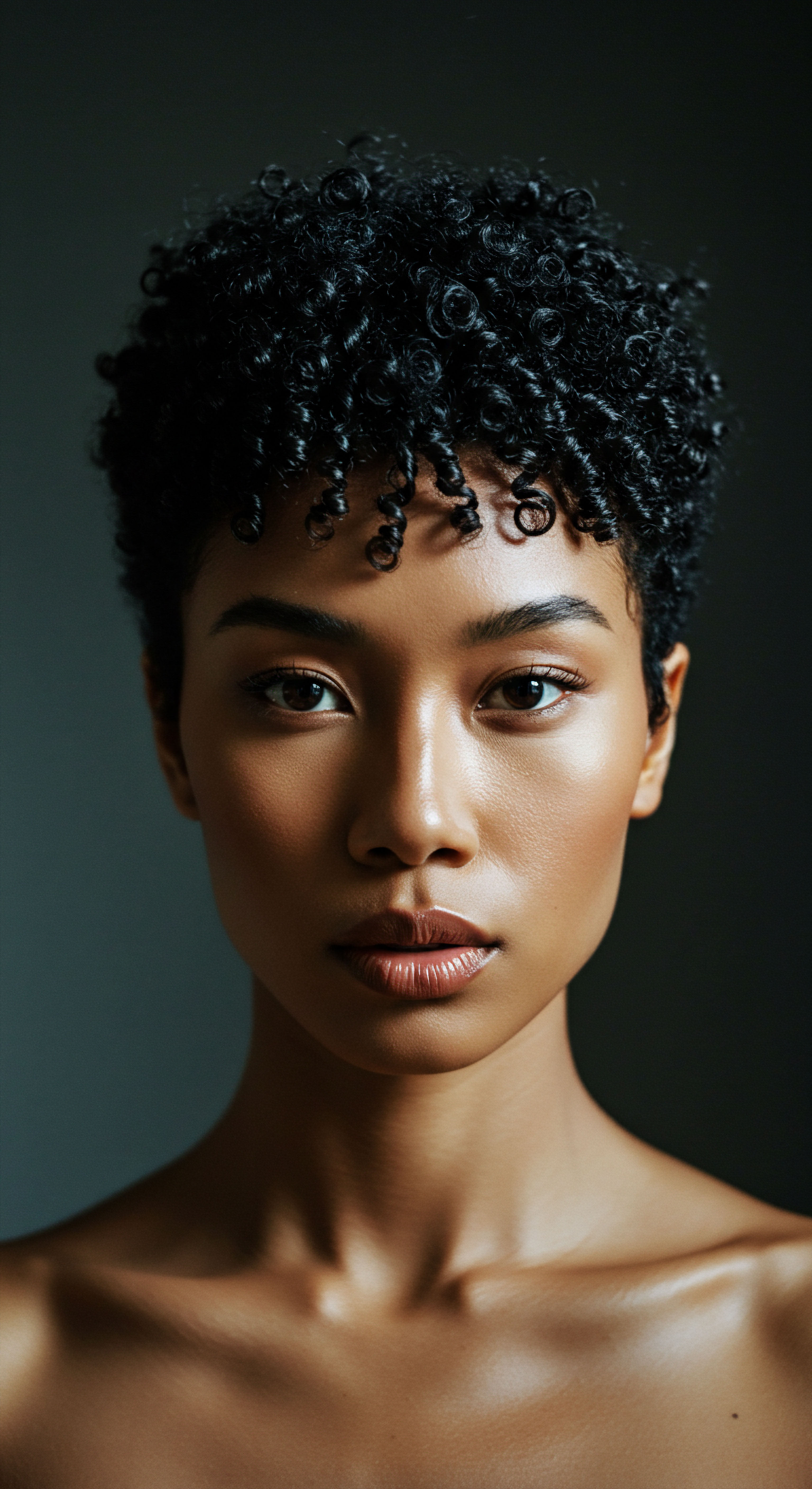
Relay
As we move beyond the immediate touch of ritual, a more intricate panorama unfolds, revealing the profound connections between ancient scalp care, scientific understanding, and broader cultural perspectives. This deeper examination allows us to see how the wisdom of the past, often dismissed as mere folklore, carries significant weight when viewed through a contemporary lens of research and data. It is here that the subtle interplay of biology, environment, and societal values becomes truly apparent, offering a multi-dimensional appreciation for how ancient cultures sustained scalp wellness.

Ethnobotany and Ancient Pharmacology
The efficacy of many ancient remedies is not merely anecdotal; modern science increasingly validates the traditional uses of plants. Ethnobotany, the study of the relationship between people and plants, sheds light on the sophisticated pharmacological knowledge held by early civilizations. They understood plant properties long before chemical analysis existed.
For instance, the use of Neem (Azadirachta indica) in Ayurvedic practices for scalp conditions, particularly those involving flaking and irritation, is well-documented. Contemporary research has affirmed Neem’s potent Antifungal and Antibacterial Properties, which directly address common causes of scalp imbalances, such as the overgrowth of certain yeasts or bacteria. This ancient selection was, in essence, a sophisticated pharmacological choice, made through generations of observation and application.
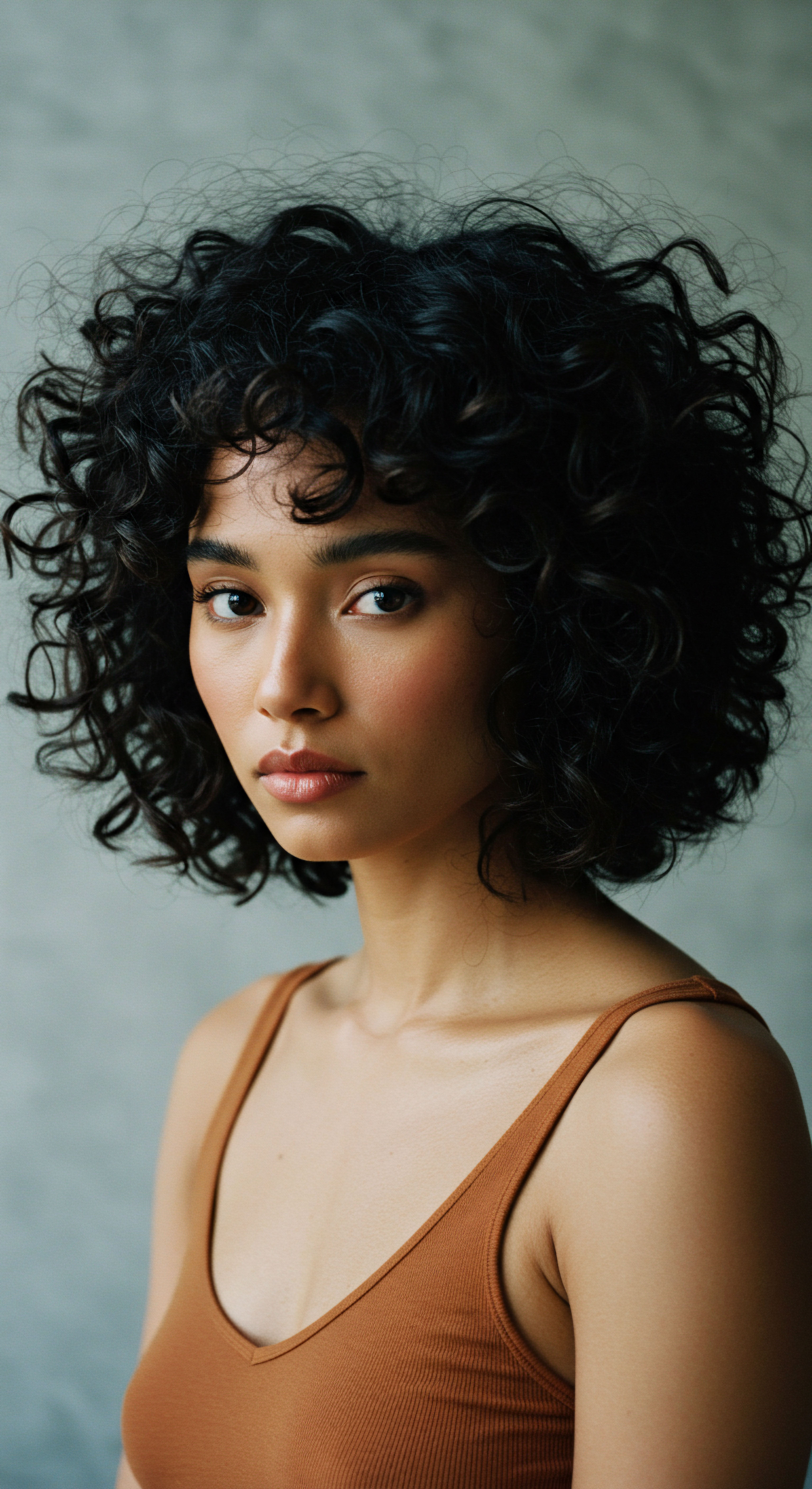
Did Ancient Dietary Choices Influence Scalp Health?
Beyond topical applications, ancient cultures often recognized the influence of diet and overall lifestyle on hair and scalp health. Ayurvedic principles, for example, emphasize a balanced diet rich in specific fruits, vegetables, and healthy fats to support the doshas and, by extension, scalp vitality. The consumption of foods like ghee, nuts, and seeds, alongside digestive aids such as cumin and turmeric, was believed to nourish hair follicles from within.
Similarly, Roman physicians advised a diet rich in iron, zinc, and vitamins B-12 and D to prevent hair loss. This holistic approach underscores an understanding that external manifestations, like scalp conditions, often signal internal physiological states.
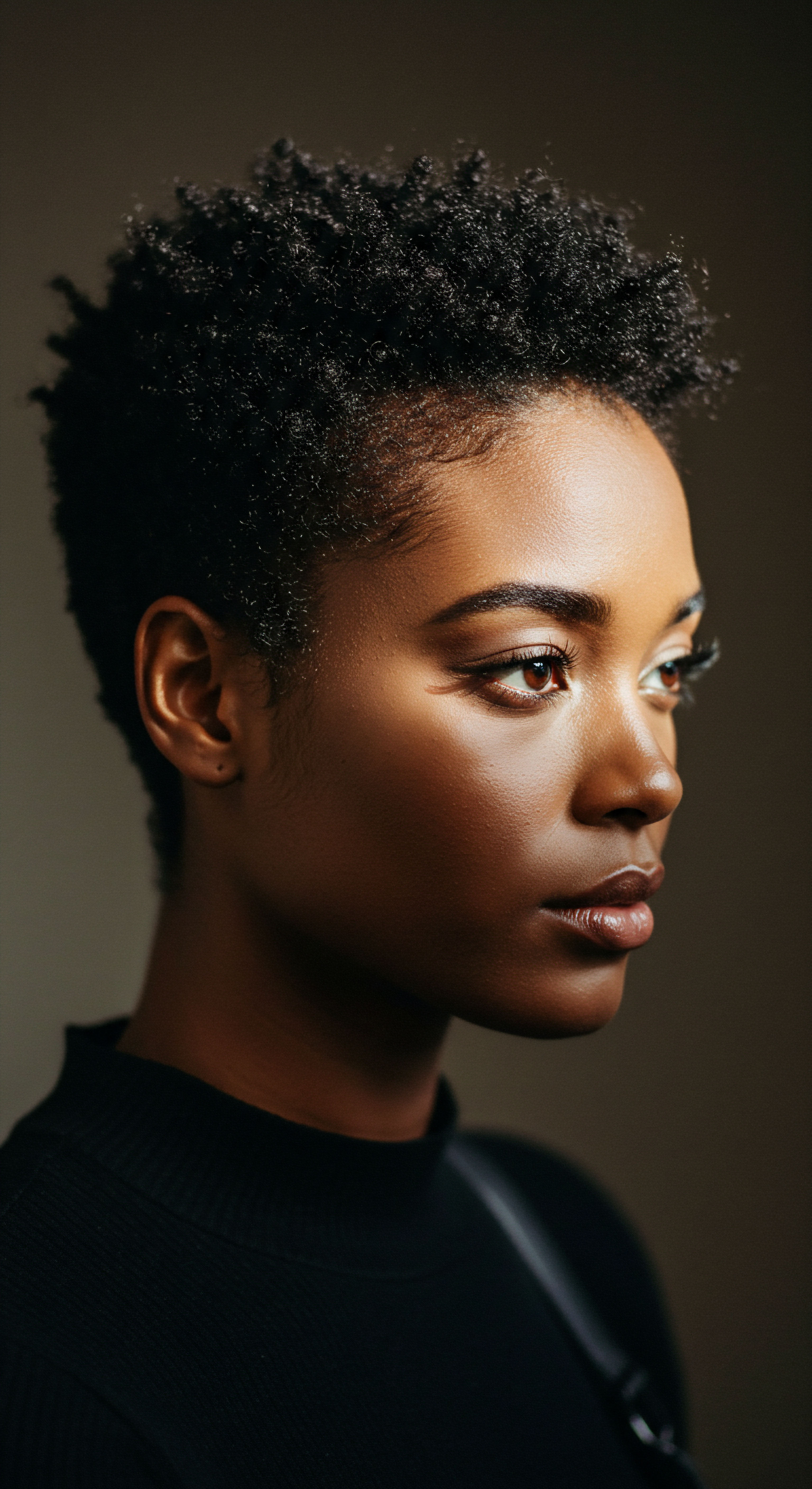
The Enduring Wisdom of Scalp Massage
One practice that consistently surfaces across diverse ancient cultures is scalp massage. From the Ayurvedic tradition of Indian Head Massage (Champissage) to practices in ancient Rome and Egypt, the therapeutic benefits of stimulating the scalp were widely recognized.
While ancient explanations often focused on energetic flow or general well-being, modern scientific inquiry provides physiological backing. A systematic review published in PubMed highlights the efficacy of various massage techniques, including Indian Head Massage, in significantly reducing stress levels (Moyer et al. 2004). Stress, a known contributor to various hair and scalp issues, including increased shedding, finds alleviation through such practices.
Furthermore, research suggests that regular scalp massages can Increase Blood Flow to the Hair Follicles. This enhanced circulation delivers more oxygen and nutrients to the scalp, creating a conducive environment for healthy hair growth and potentially reducing flaking by improving scalp health. The mechanical action also aids in the removal of dead skin cells and stimulates new cell production.
Ancient remedies, supported by ethnobotanical insights and scientific validation, reveal sophisticated pharmacological understanding and the enduring benefits of holistic practices like scalp massage.
Consider a compelling example ❉ A study focusing on the effects of Rosemary Oil, an herb traditionally used in ancient Roman and Native American scalp care for issues like dry scalp and hair growth, found it to be as effective as 2% Minoxidil in improving hair count and hair thickness in patients with androgenetic alopecia, with fewer side effects. This specific finding, from a clinical trial, offers a powerful testament to the often-underestimated efficacy of traditional remedies when subjected to rigorous scientific scrutiny. It bridges the historical wisdom with quantifiable, modern data, showing that the intuitive choices of our ancestors often held a deeper scientific truth.
This blend of historical practice and scientific validation provides a richer understanding of how ancient cultures truly addressed scalp conditions. They weren’t simply applying random ingredients; they were engaging in a profound dialogue with nature, guided by observation, intuition, and a holistic appreciation for the body’s intricate systems.

Reflection
The whispers of ancient wisdom, once seemingly distant echoes, now resound with a quiet clarity, offering profound insights into the timeless quest for scalp wellness. What began as an exploration of remedies from distant eras transforms into a recognition of enduring principles ❉ the deep respect for nature’s provisions, the intuitive understanding of the body’s subtle cues, and the power of consistent, mindful care. These ancient practices, far from being relics of a bygone era, remind us that the roots of vibrant hair lie not in fleeting trends, but in a holistic harmony with ourselves and the natural world. They beckon us to reconsider our relationship with our hair, seeing it not merely as a cosmetic adornment, but as a living part of us, deserving of gentle attention and nourishment from the earth’s timeless generosity.

References
- Moyer, C. A. Rounds, J. & Hannum, J. W. (2004). A meta-analysis of massage therapy research. Journal of Alternative and Complementary Medicine, 10(1), 3-14.
- Lawler, S. P. & Cameron, L. D. (2006). A randomized, controlled trial of the effect of massage therapy on stress in otherwise healthy subjects. Journal of Alternative and Complementary Medicine, 12(9), 861-867.
- Reisner, G. A. (1905). The Hearst Medical Papyrus. University of California Press.
- Bryan, C. P. (1930). Ancient Egyptian Medicine ❉ The Papyrus Ebers. Ares Publishers.
- Nunn, J. F. (2002). Ancient Egyptian Medicine. University of Oklahoma Press.
- Leake, C. D. (1952). The Old Egyptian Medical Papyri. University of Kansas Press.
- Griffith, F. L. & Petrie, W. M. F. (1898). Kahun Papyri. Bernard Quaritch.
- Smith, G. E. (2011). The Edwin Smith Surgical Papyrus ❉ Facsimile and Hieroglyphic Text with Translation and Commentary. Dover Publications.
- Ashby, S. P. (2016). Archaeologies of Hair ❉ an introduction. Internet Archaeology, 42.
- Fletcher, J. (1998). Ancient Egyptian Hair ❉ A Study in Egyptology. University of Manchester.
- Stephens, L. (2008). Hair and Beauty in Ancient Rome. British Museum Press.
- McCreesh, N. & Buckley, S. A. (2011). Ancient Egyptian hair gel ❉ Evidence from mummy hair samples. Journal of Archaeological Science, 38(11), 3432-3434.
- P. G. Homan. (2018). Baldness ❉ A brief history of treatments, from antiquity to the present. In Skinner, P. & Cock, E. (Eds.), Approaching Facial Difference ❉ Past and Present (pp. 105-135). University of Glasgow.
- Geraldine B.P and Harlow M, eds. (2022). A Cultural History of Hair ❉ In Antiquity. Vol. 1. Bloomsbury Publishing.
- Patel, M. (2021). Rishi Veda ❉ Ancient Indian Wisdom for Modern Living. Self-published.
- Parky, E. (2024). The Effective Herbs for Hair Regrowth and Scalp Health. J Hair Ther Transplant, 14:253.
- Roy, R. & Banerjee, S. (2019). The effect of coconut oil on hair protein to combat combing damage. Journal of Cosmetic Science, 54(2), 177-184.